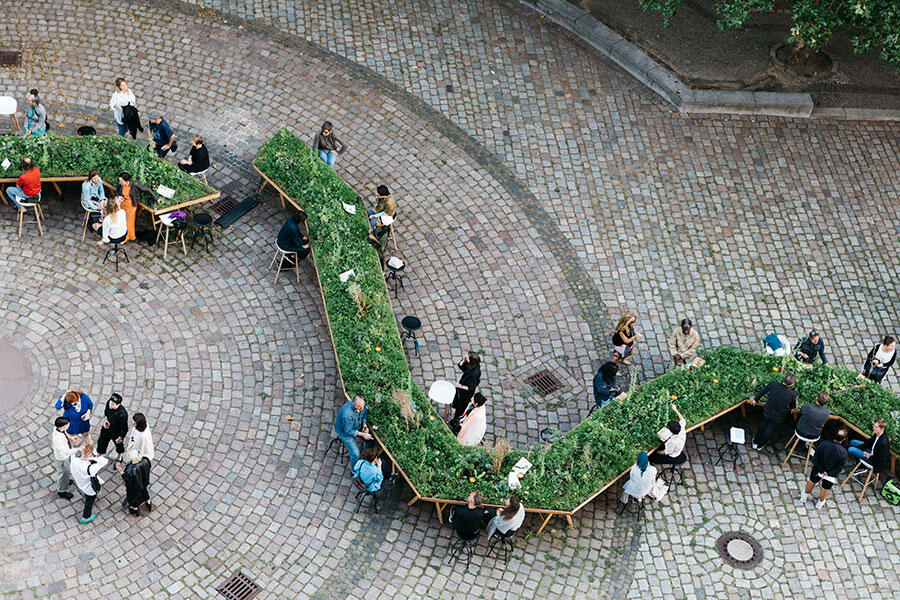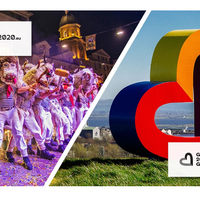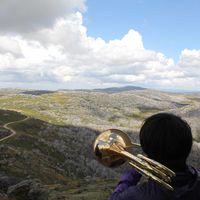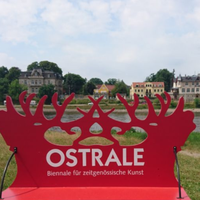The art world in 2022 | frieze magazine editors' perspectives

From accessibility rights to environmentalism, three frieze magazine editors look ahead to what should change in the art world in 2022.
Marko Gluhaich Going into 2021, one of the biggest questions for everyone was: Were the changes that had to be made in the previous year going to be permanent, or were things going to return to how they were before the pandemic? With the vaccine rollout and loosening of travel restrictions, it began to feel very much like the latter. And then in the second half of last year, there was a quasi-normal feeling at Frieze London, Basel and FIAC, among others, and high attendance at gallery openings. It seemed that in the art world at least, the process of returning to a pre-pandemic normal had been expedited.
Looking forward to this year, with so many postponed biennials and art fairs now set to open again, it seems that this movement back towards normality will accelerate even more.
Carina Bukuts Yes, in early 2021 people were still more reluctant to travel as much as they used to. There was a sense, though, that everybody was enjoying this break from the rhythm of the annual art calendar. However, we’re now looking forward to a year with the Venice Biennale, Manifesta, Whitney Biennial, Berlin Bienniale and documenta, so it will be interesting to see how the industry responds to these events after the pandemic. Do either of you know of any ways that museums or biennials are reflecting on their carbon footprint?
Vanessa Peterson There’s Reimagining Museums for Climate Action, which was an AHRC-funded research project created for COP26 in Glasgow in November last year. Also, the Gallery Climate Coalition, which frieze is a founding member of. Both projects interrogate issues like travel and the transportation and storage of artworks. In terms of British institutions, the directors of Tate declared a climate emergency in July 2019, marking the beginning of its programme to help effect and inspire change on environmental issues.
And there's another organisation, Julie’s Bicycle, which works with Arts Council England to help mobilise nationally funded arts and cultural institutions to make positive changes in relation to the climate. Involvement in these kinds of programme is optional but I feel like there are at least some small movements being made towards a broader organisational awareness of the importance of making real changes.
[...] Read full article at frieze magazine
Image: Anne Duk Hee Jordan, Into The Wild, 2017–18, performance documentation, Gropius Bau, Berlin, 2020. Photo: Eike Walkehorst
Similar content
posted on
29 Jan 2021
By Kerrine Goh
29 Sep 2008
21 Jan 2019
posted on
17 Jan 2022
deadline
28 Jun 2020





